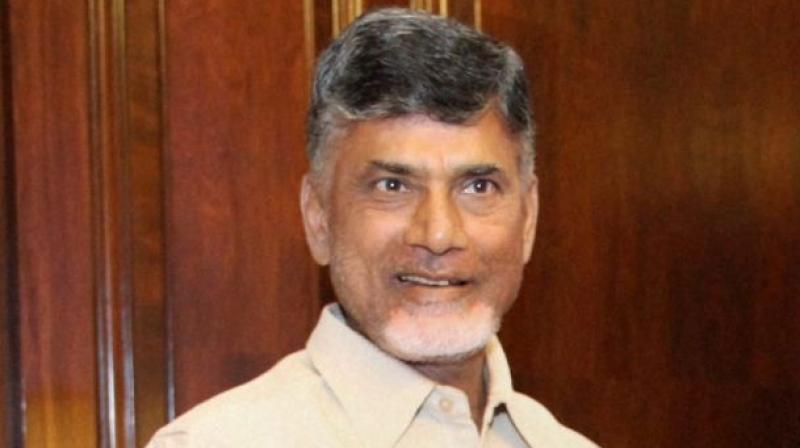AP CM pushes for more wind and solar power
The CM suggested that officials concentrate on increasing the renewable energy production while reducing thermal power.

Vijayawada: Energy officials projected a 154-per cent growth in wind power production to impress upon Chief Minister N. Chandrababu Naidu that wind power was the best alternative to the hydel and thermal power.
This comes in the backdrop of a group of ministers supporting some wind power companies in Rayalaseema, which this newspaper had reported last week.
The CM suggested that officials concentrate on increasing the renewable energy production while reducing thermal power.
At a meeting with energy officials, Mr Naidu said he was committed to maintaining the electricity tariff. The reports submitted said in April-August 2017, as compared to the previous year, the energy sector had witnessed an overall growth of 7.3 per cent.
Wind and solar energy contributed 17 per cent and 5 per cent of the total energy produced; Their growth was put at 154 and 183 per cent respectively. The state has a wind energy capacity of 3,765 MW and solar energy capacity of 1,994 MW. They did not mention that Tamil Nadu was facing problems with wind power units.
One of the key steps taken by the state government is the commissioning of the 1,000 MW solar park, the world’s largest. For the first time in the country, 15,000 solar pump sets have been installed.
Mr Naidu told officials to set up solar plants with a total capacity of 400 MW in the range of 33/11 kV power sub-stations. The solar power will be connected to the grid, stored or sold per unit.
Mr Naidu directed energy officials to utilise thermal and hydel power efficiently to ensure that the cost of electricity is under control.
“World-class technologies must be adopted and agriculture must be supported by energy-efficient solutions. All 16 lakh pump sets must be replaced with solar and energy-saving pump sets,” he said.
Other energy-efficient initiatives are the distribution of 2.16 crore LED bulbs, 2.55 lakh low energy consumption fans under DEFP and the installation of 40 lakh LED street lights in gram panchayats.
While AP discoms earned Rs 25,290 crore, the expenditure was Rs 27,621 crore. Officials said there were a number of reasons for this loss, including limited hydel power generation and increase in variable cost of CGS stations.
The growth projected in the sector in the next two years is 9.02 per cent. The projections for the next decade include the retirement of old power plants (RTPP, VTPS I, II, III) and improving solar power generation and storage.
The government subsidy will be increased at 10 per cent per year for the next two years and maintained at Rs 4,500 crore from 2019-2020.
The officials proposed cost-effective options for power procurement, and included Lanco and Spectrum which have the lowest prices of '3.6 and '3.88 per unit, respectively.
The officials proposed that the tariff-based competitive bidding (TBCB) model, being followed by five states, be used to secure a significant drop in tariff. Inter-state transmission projects have witnessed an almost 50-per cent drop and intra-state projects 30 per cent Another opportunity will be the sale of surplus power to third parties through traders, officials said.

